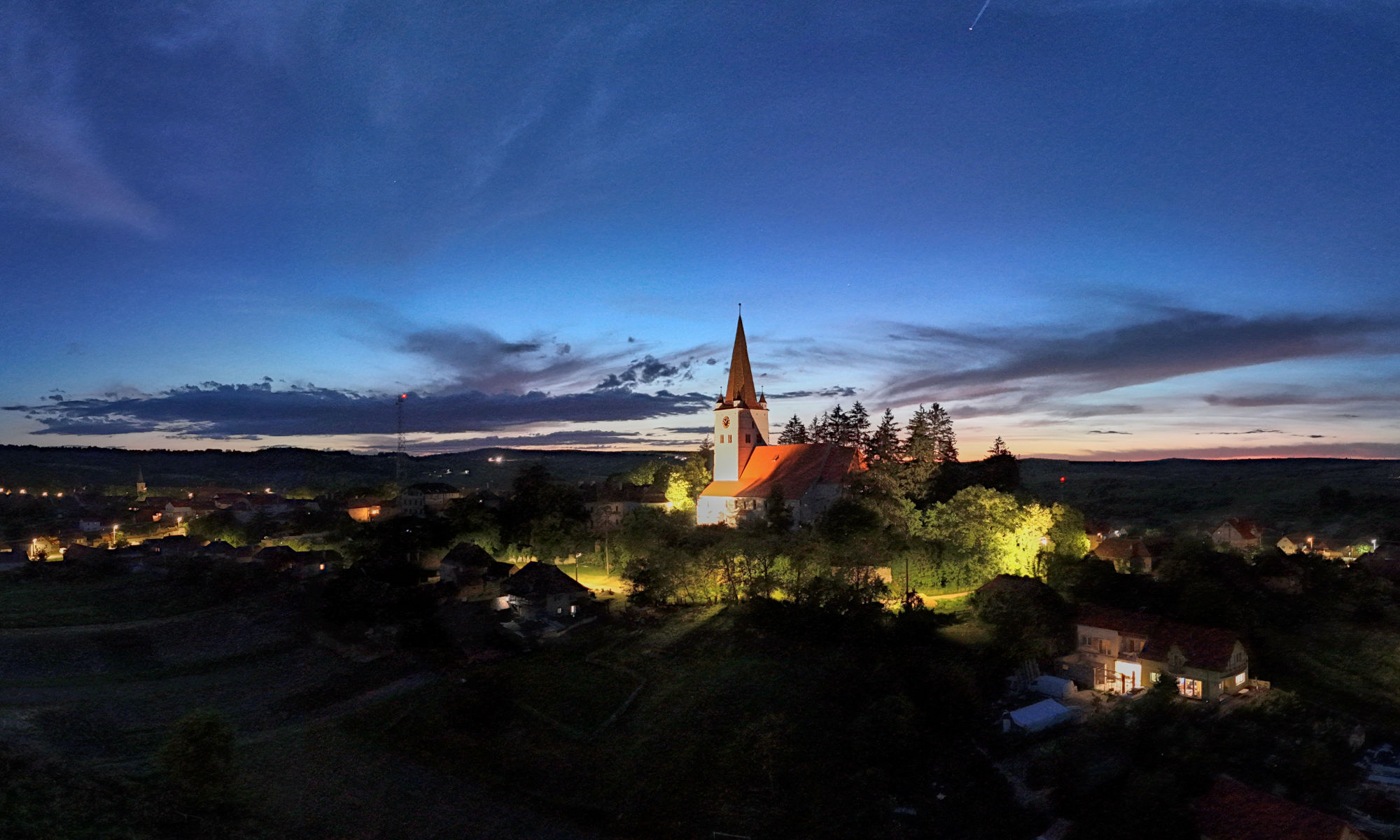Framed by the rivers Olt (Alt) and Târnava Mare (Große Kokel) you will find the enchanting diversity of the Transylvanian hill country: villages and fortified churches like from a medieval film, forests where bears are at home, rolling hills and rugged rocks, beyond where eagles fly in circles, crafts, ancient customs, a unique food culture, as well as numerous stories and legends characterize this region.
Transylvania is home to the most attractive combination of traditional and multicultural village communities in Central Europe, where the natural and cultural resources are still largely managed and used sustainably. Here you can experience the wild nature up close, the extraordinary history of the Transylvanian Saxons who settled in the Middle Ages, as well as that of the other peoples who have always lived together here.
Leave the paved roads and follow centuries-old paths. Immerse yourself in a world that is not based on our laws and standards. Actively experience the history of the last medieval landscape in Europe.
It’s not just the architecture in some of Transylvania’s towns and villages that seems strangely familiar to German visitors – as a German without knowledge of English, you can also get along surprisingly well on the streets of the big Transylvanian cities. The reason for this can be found in the 12th century: the then Hungarian rulers of Transylvania successfully recruited German settlers for the underdeveloped region in order to bring it forward economically and to militarily secure Europe in the east.
The settlers did a great job and built numerous fortresses, fortified churches, villages and towns – which to this day still bear their German name in addition to their Romanian one. After the Second World War, the Transylvanian Saxons, as the settlers were called, almost completely moved back to Germany, but their traces are still clearly visible. In addition to the architectural remains and the place names, also in the language: learning German is very popular here, and in addition to English, it is taught before French, Spanish or Italian. Even completely German schools are not uncommon in larger cities.
Oh yes, where does the name Transylvania come from? Most likely because of the seven large cities founded by the Transylvanian Saxons in the region: Sibiu, Kronstadt, Bistritz, Sighisoara, Mühlbach, Bros and Cluj. However, its origin is not completely clear, but it is undisputed that it came into use there with German influence.
Bears, mountains and wilderness
So much for the special importance of Germany in Transylvania. Much more important to me personally, however, is the original beauty of the natural landscape there. When I traveled to Romania for the first time, I was overwhelmed: trees and mountains as far as the eye could see. Rough rocks, rolling hills, a variety of plants and animals. Plus the crystal clear air, the incomparable sound of wild nature. After I tried the traditional food, I was hooked. I had found my personal little paradise. And now I wanted to show it to others too.
From then on, I returned regularly with small groups, with whom I immersed myself in the beauty of nature, the diverse culture and the way of life as a volunteer guide.
A special project by a local architect – the Casa Verde – reawakened an old dream in me: to build a house from ecological materials.
An approach to this quickly emerged. Ultimately it ended up being a Transylvanian farmhouse from 1888 – but that too was built with ecological materials. It is probably no less work to restore it and redesign it so that it corresponds to today’s lifestyle and still retains its original charm.
